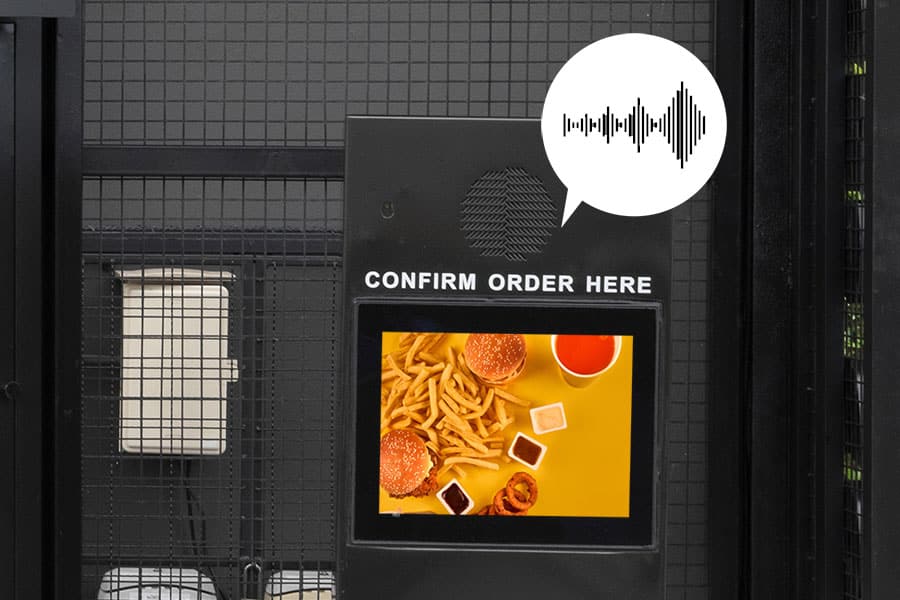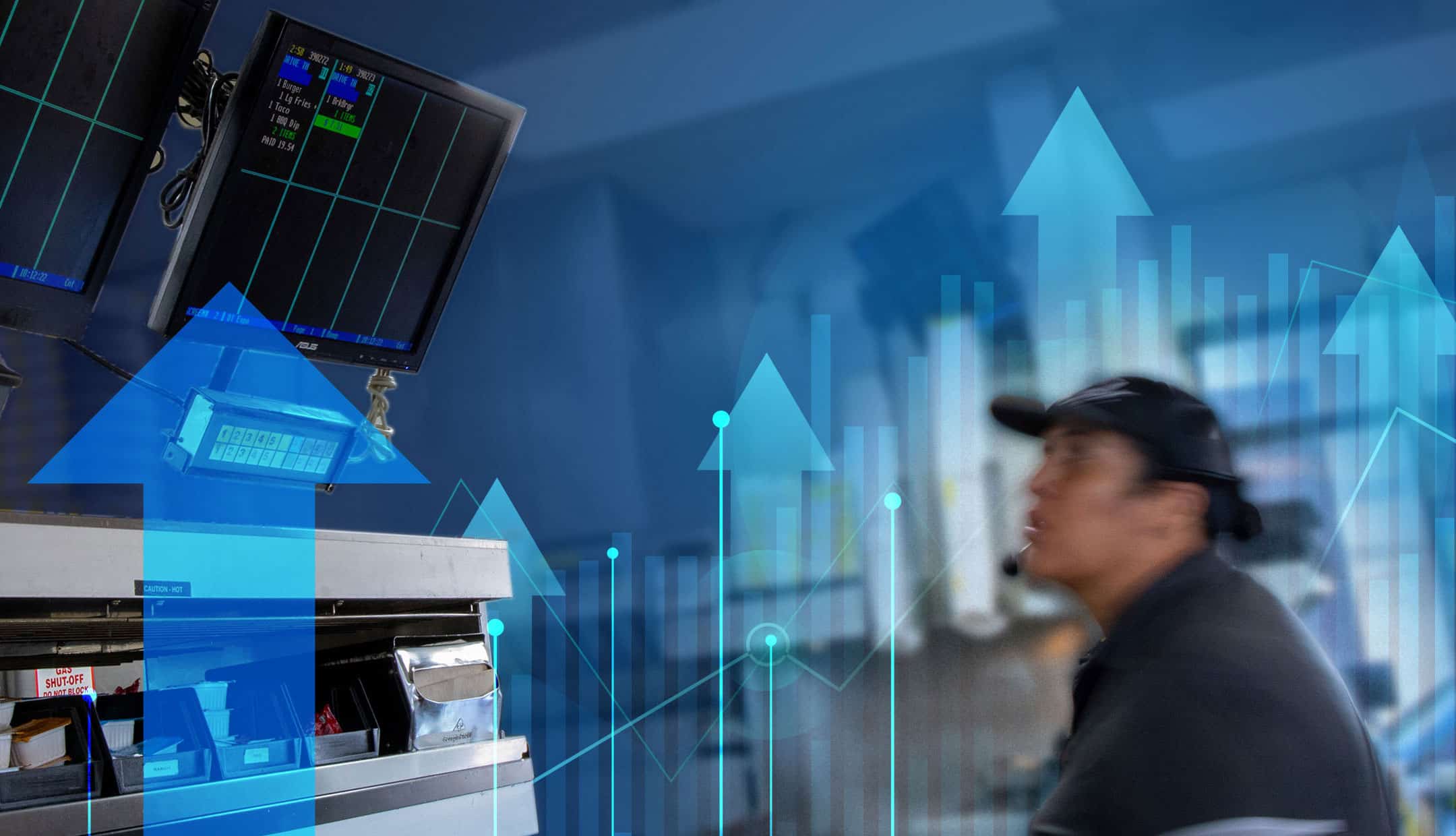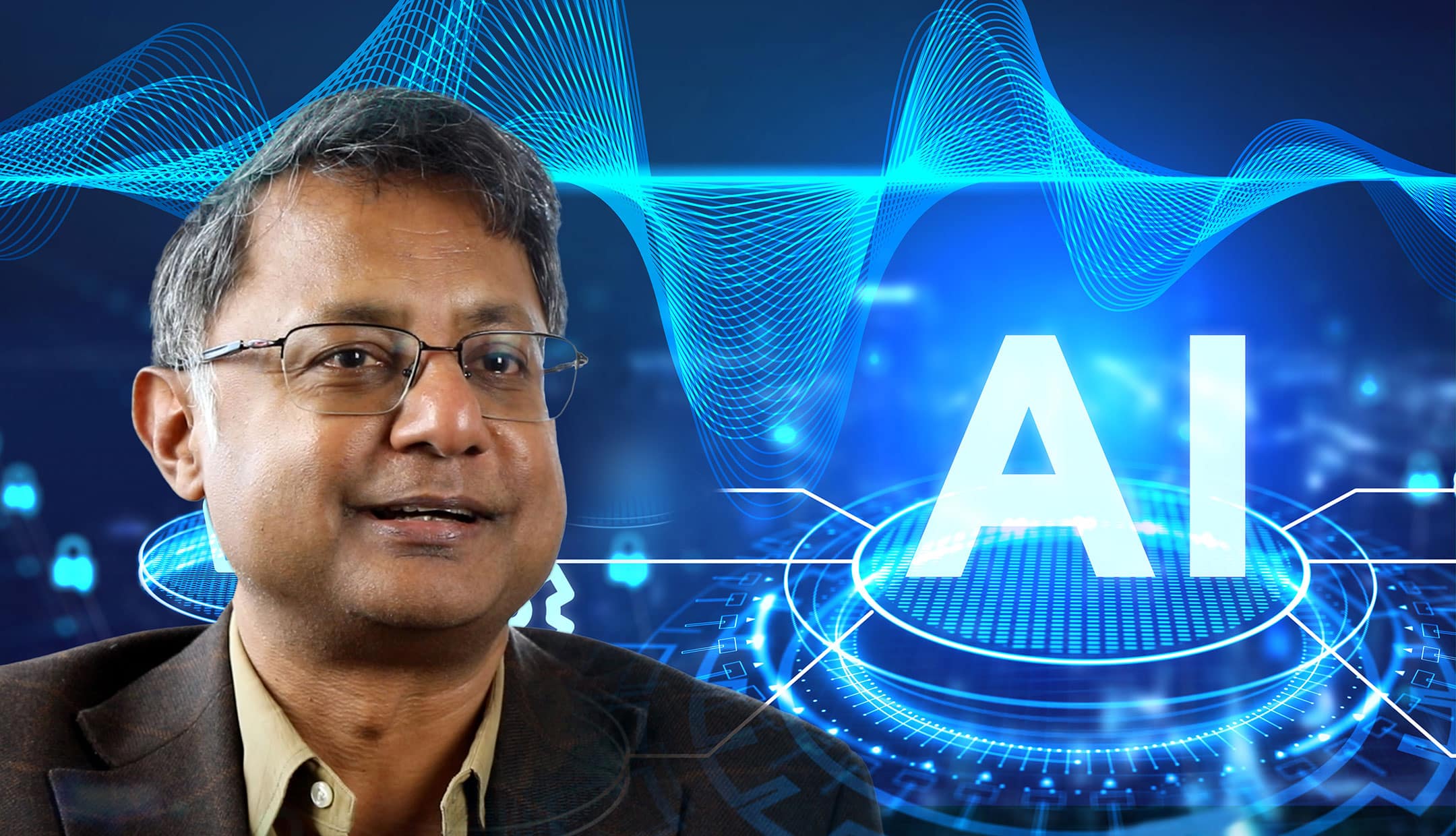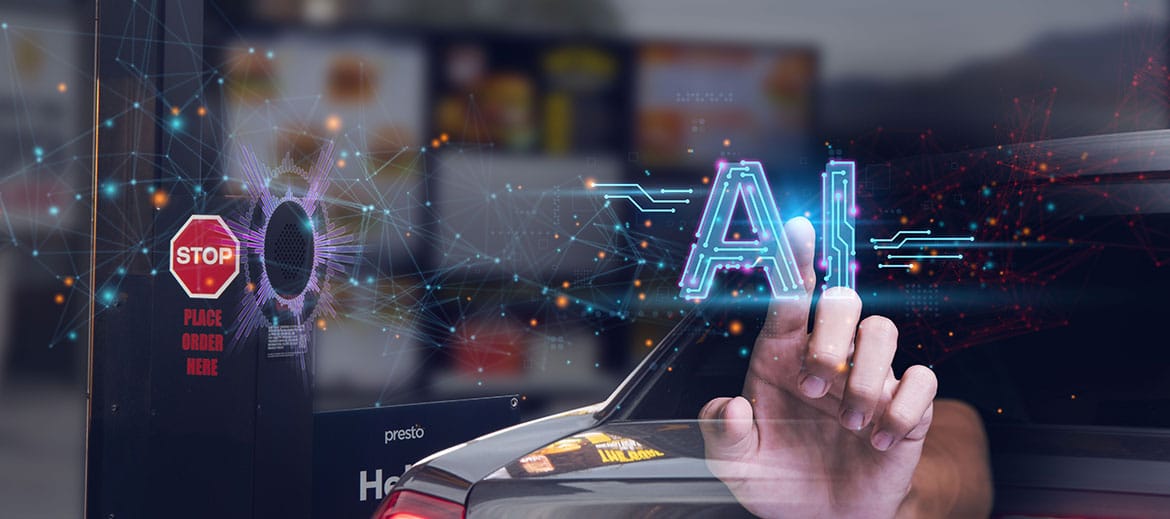Voice assistants are coming to restaurants faster than one might imagine. It’s inevitable. After all, consumers now use voice recognition technology frequently in their daily lives, especially when they need to operate hands free—for example, using an automated menu while on the phone with customer service, voice-activated navigation systems in cars and making any number of queries to home assistants like Siri and Alexa.
Restaurants are the ideal environment for speech recognition. Things move fast in a busy restaurant, and voice recognition can help both staff and guests get what they want without having to wait, or hunt and peck on a screen.
In the restaurant business, the next generation of speech recognition technology will enable faster transactions, improved order accuracy and happier guests—all with less reliance on staff, who have their hands full with enough things as it is.
Speech recognition technology solutions
Several speech recognition technologies already exist. As technology advances, the options for restaurants become more comprehensive, nuanced, and exciting.
Phone orders via automated speech recognition
Automated speech recognition (ASR) technology has existed for decades and is the precursor to the more complex innovations that have emerged in recent years. This is the technology in use in automated customer service centers, which allows callers to progress through a menu of options by saying “yes,” “no,” or a certain number in response to prompts from a bot.
According toTech Target, ASR is “a technology that allows users of information systems to speak entries rather than punching numbers on a keypad.” The technology converts spoken words into text, so computers can gather simple yes/no answers or numerical responses from speakers.
Restaurants typically use ASR technologies for takeout orders placed via phone. By allowing a computer rather than a staff member to handle phone-in orders, restaurants can reallocate staff to higher-value tasks.
Place orders to the POS via one-way communication
More advanced speech recognition technologies allow for the capture of more robust, complex diction. One-way communication technologies build upon ASR by expanding the volume of words and phrases that can be understood by the receiving computer. For example, one-way communication technologies already exist in certain cars, which allow drivers to speak instructions for placing calls or receiving directions directly into the dashboard or steering wheel.
In a restaurant setting, this type of technology can be a game-changer for operators who want to improve efficiency and order accuracy without hiring more staff members. Staff members equipped with voice-activated handheld devices can speak guest orders directly into devices that automatically transmit the order to the POS system. This saves time for staff, who no longer have to make as many trips to the POS terminal and can personally attend to more customers more easily. Likewise, guest-facing tablets equipped with the same technology allow guests to place voice-based orders themselves directly. This ultimately reduces a restaurant’s dependence on staff.
Drive-thru orders via conversational AI
Conversational AI is the most complex form of speech recognition technology, because it allows for two-way communication between a human and a computer. This is the type of technology that exists in virtual assistants such as Alexa and Siri, who can respond accurately to various permutations of the same question (e.g., “Tell me the weather today,” or “What’s it like outside?”).
Conversational AI may be particularly helpful for QSRs. Indeed, McDonald’s recently began testing voice recognition software in several of its Chicago-based drive-thrus. According to CEO Chris Kempczinski, the technology was 85% accurate in recognizing orders. Other technologies, like Presto Voice, have up to 96% accuracy. High-accuracy technology could ultimately reduce participating restaurants’ dependence on staff.
Conversational AI is speech recognition technology that is advanced enough to understand and respond to guest questions varying from “What kinds of salads do you have?” to “Do you have anything with grilled chicken?” to “What drink goes best with this meal?” Conversational AI allows restaurants to offer more attentive, personalized service without needing to invest in more personnel.
This type of technology is able to distill and interpret spoken orders, even amid loud background noise, which makes it particularly appealing for a drive-thru environment. What’s more, the technology can result in higher order accuracy, happier customers and even higher average check sizes—after all, AI never forgets to upsell.
Which solution is the right one?
In the coming years, voice-activated technology will be an integral part of many industries, and restaurants are no exception. According to Oracle’sRestaurant 2025 Report, about half of surveyed restaurant operators are interested in using such technology to gather guest feedback, facilitate guest questions, and capture orders. With various use cases ranging in complexity and sophistication, all restaurants have the ability to select a solution that optimizes their particular experience for their unique clientele.
While there is no one-size-fits-all approach to implementing speech recognition technology in restaurants, all use cases share common benefits: they make ordering more efficient, they increase order accuracy and they reduce restaurants’ reliance on staff.
In an increasingly labor-scarce environment, restaurants can’t afford to wait. Now is the time to invest in the technologies that will allow them to future-proof their businesses.
In addition to staff tablets, Presto offers enterprise-grade vision and voice technologies to optimize operations. Have more questions about drive-thru technologies?
About Presto
Presto overlays next-gen digital solutions onto the physical world. Our enterprise-grade touch, vision, and voice technologies help hospitality businesses thrive while delighting guests. With over 100 million guests using Presto each month and 300,000 systems shipped, we are one of the largest technology providers in the industry.
Founded at M.I.T. in 2008, Presto is headquartered in Silicon Valley, Calif. with customers including top 20 hospitality chains such as Applebee’s, Aramark, Chili’s Grill & Bar, Denny’s, and Outback Steakhouse.



